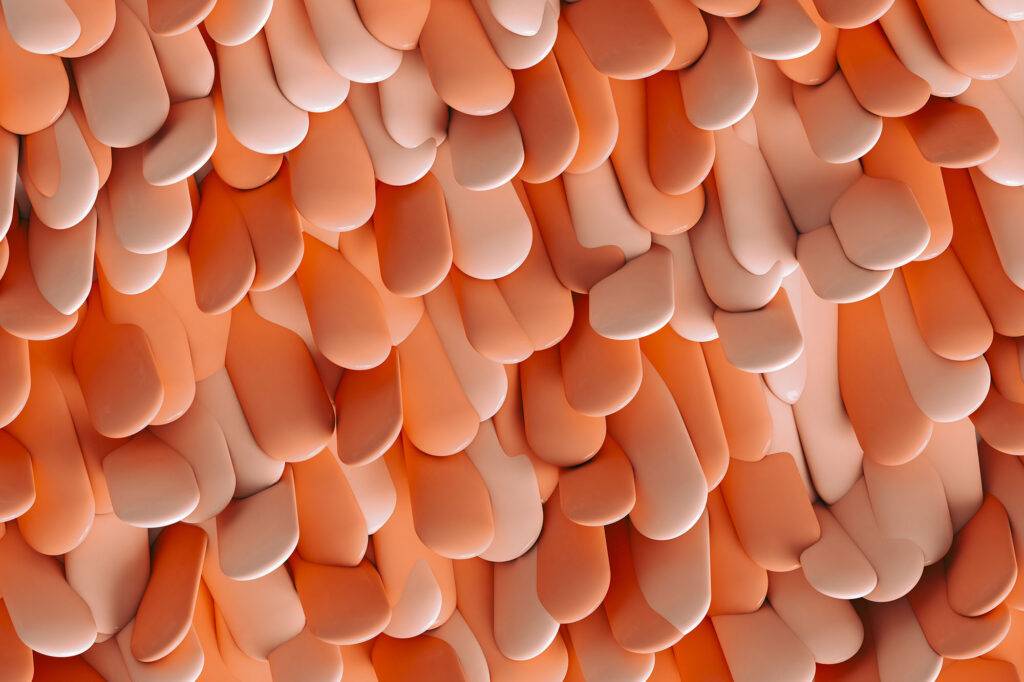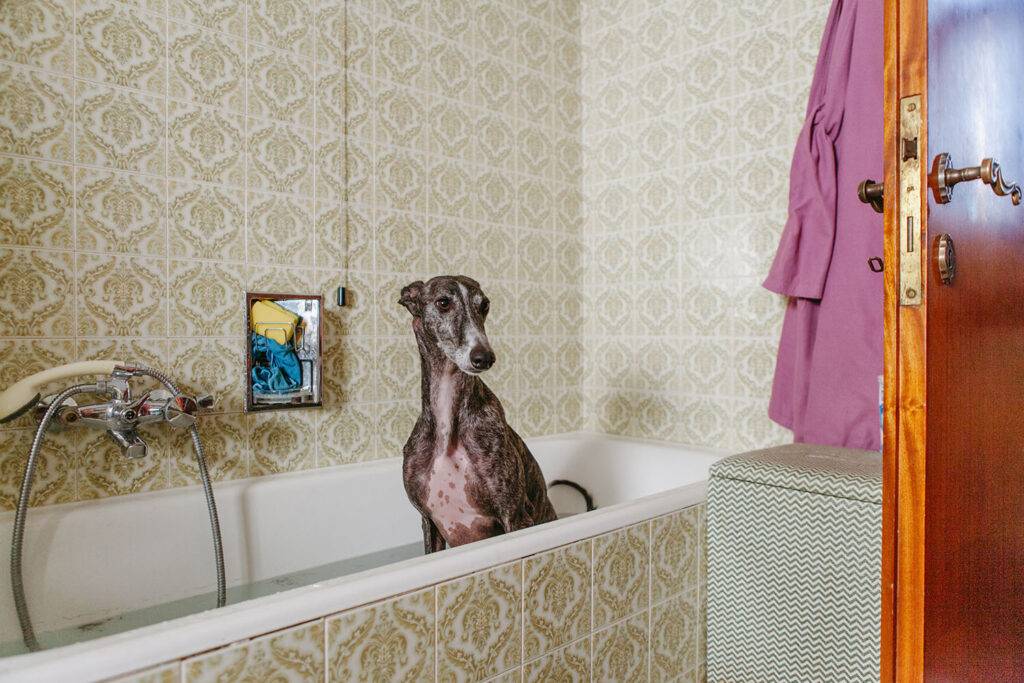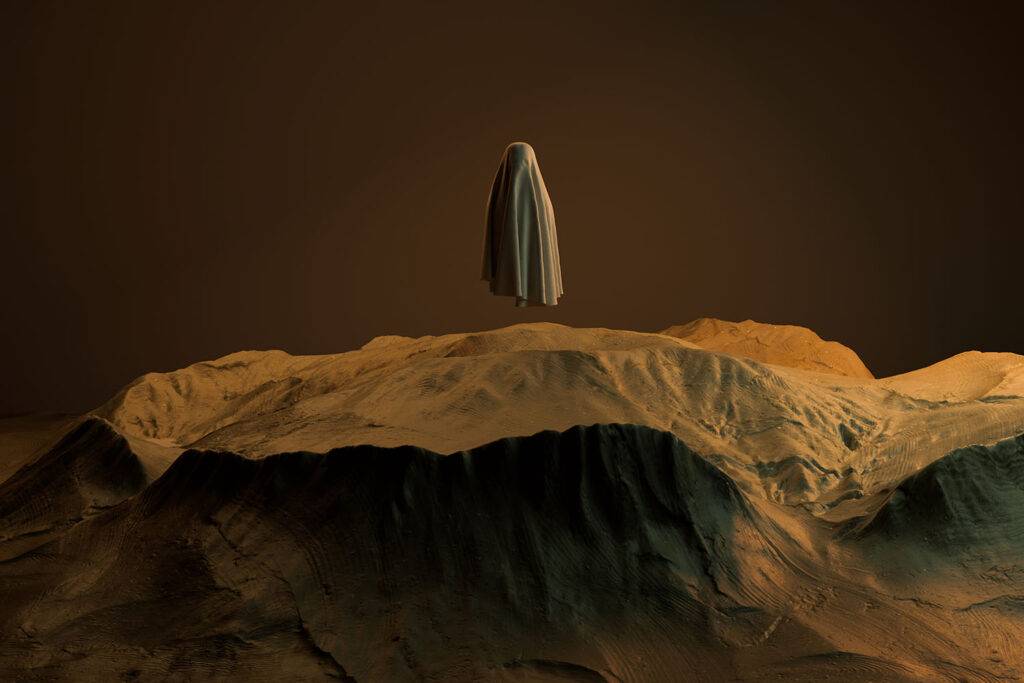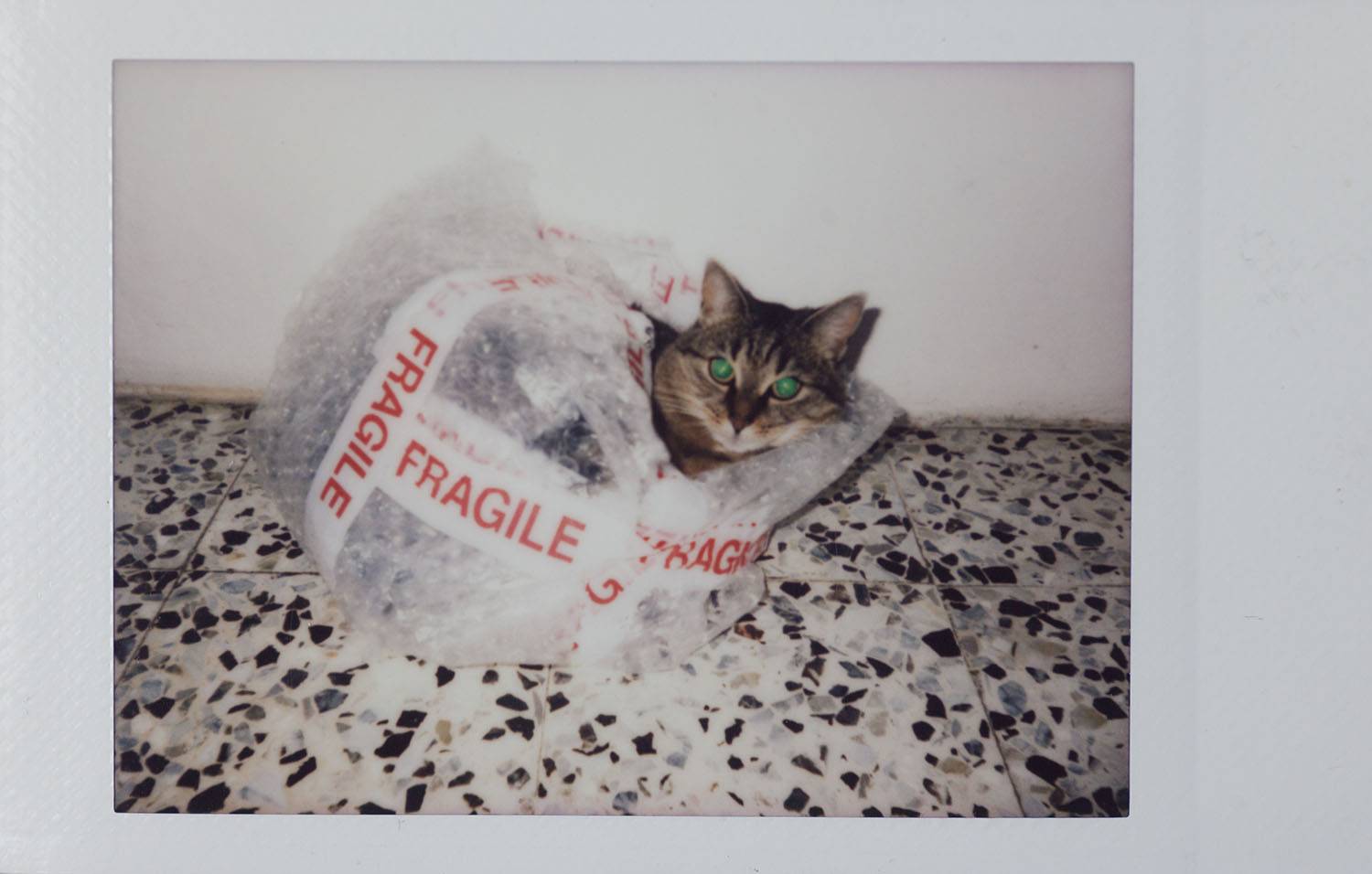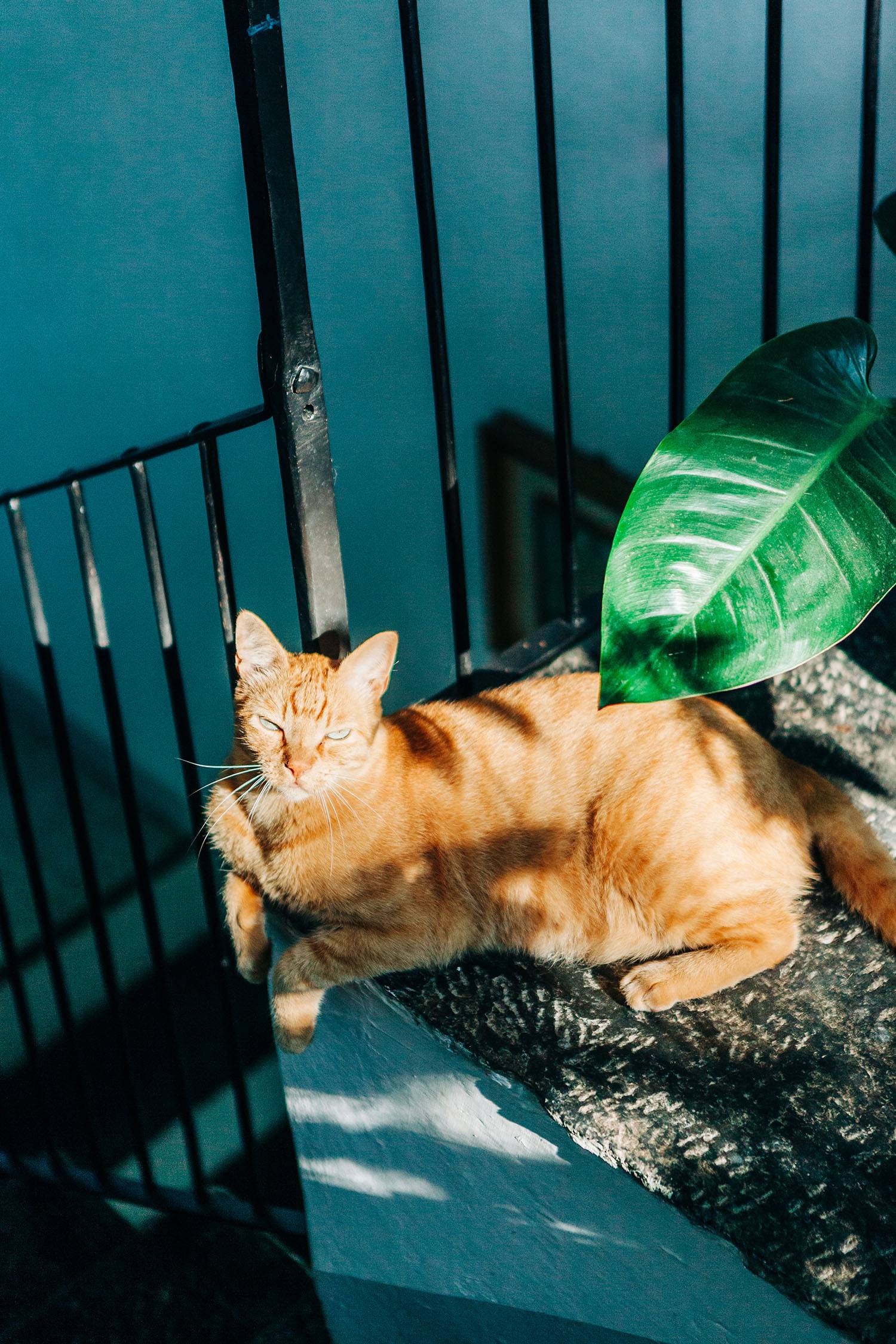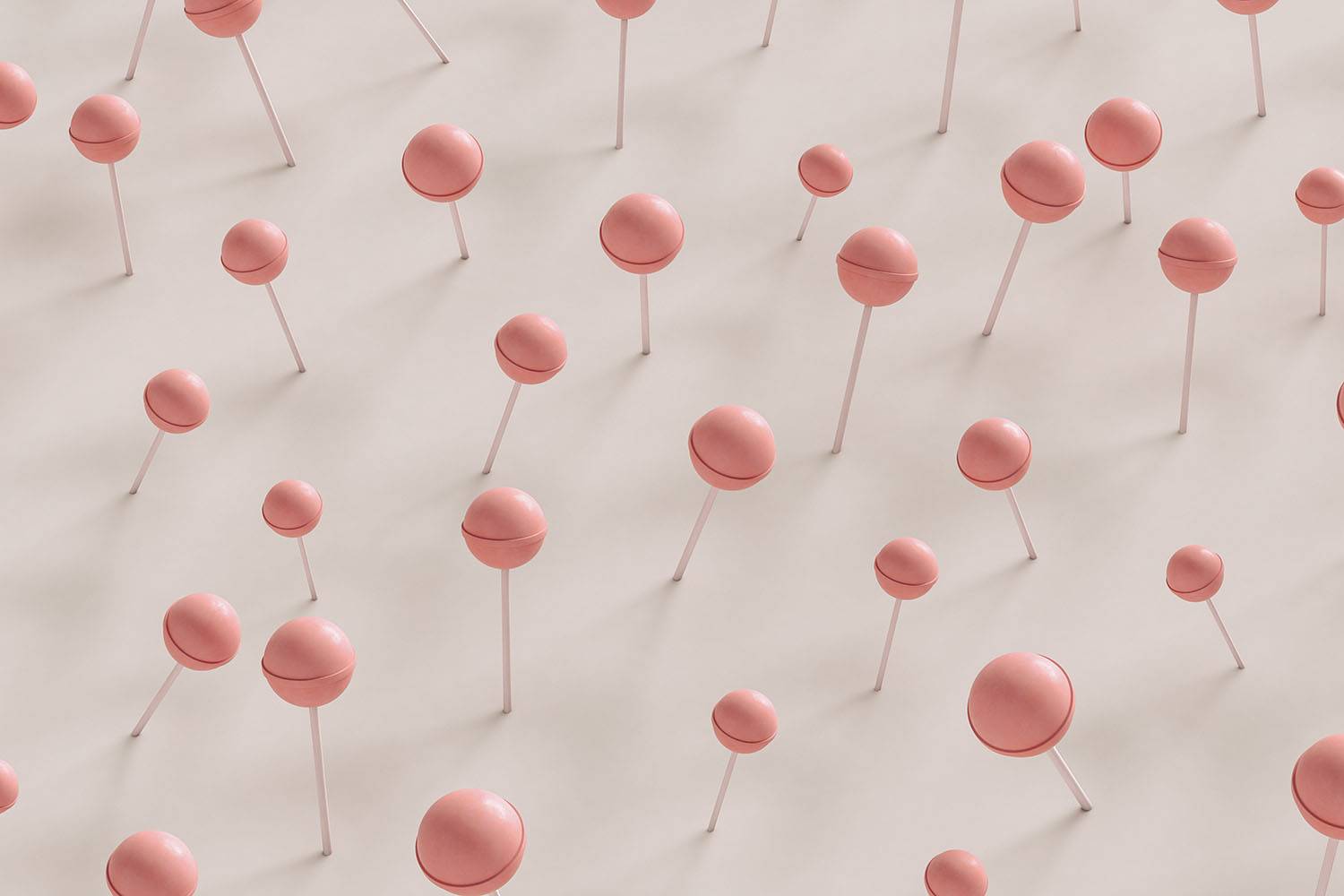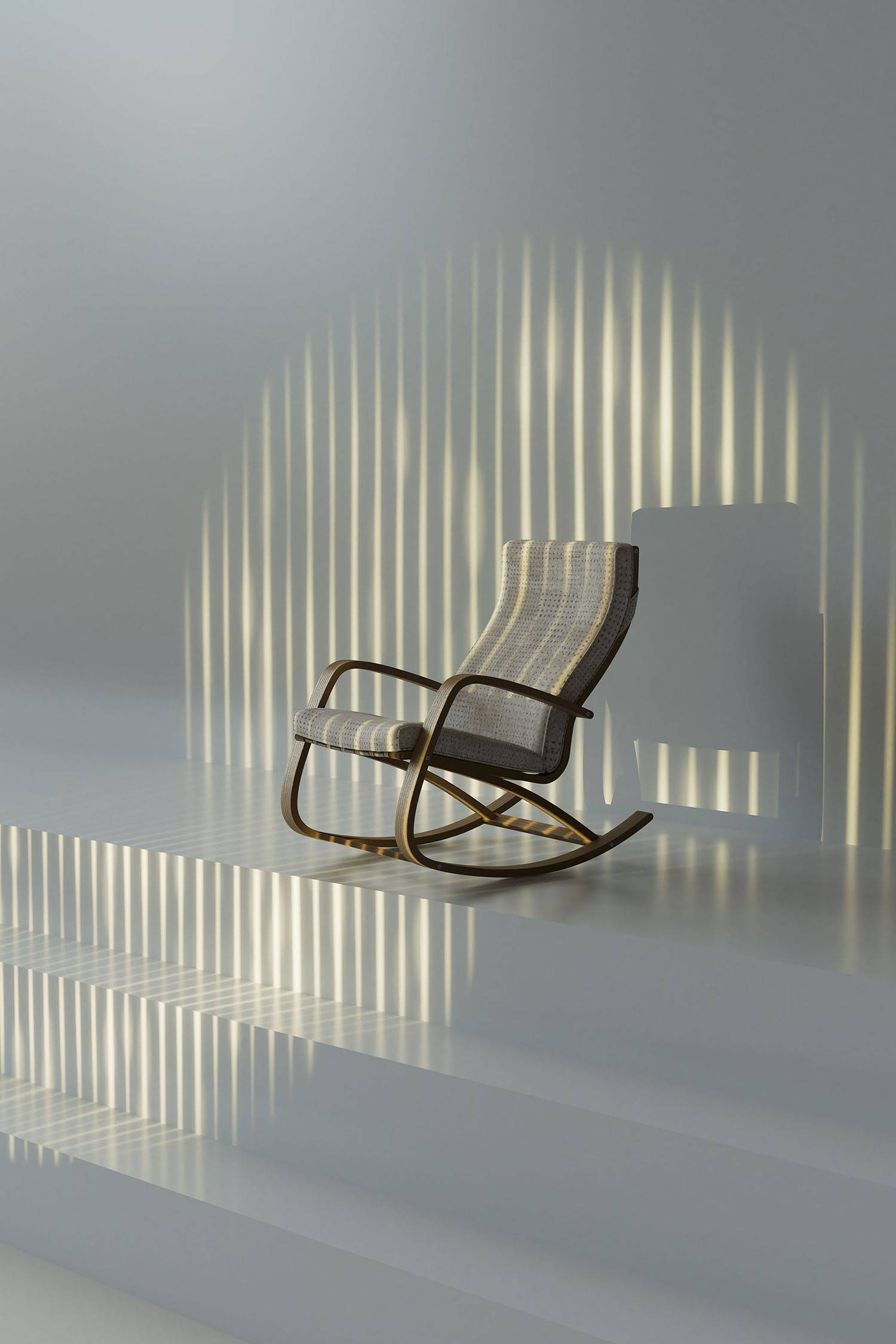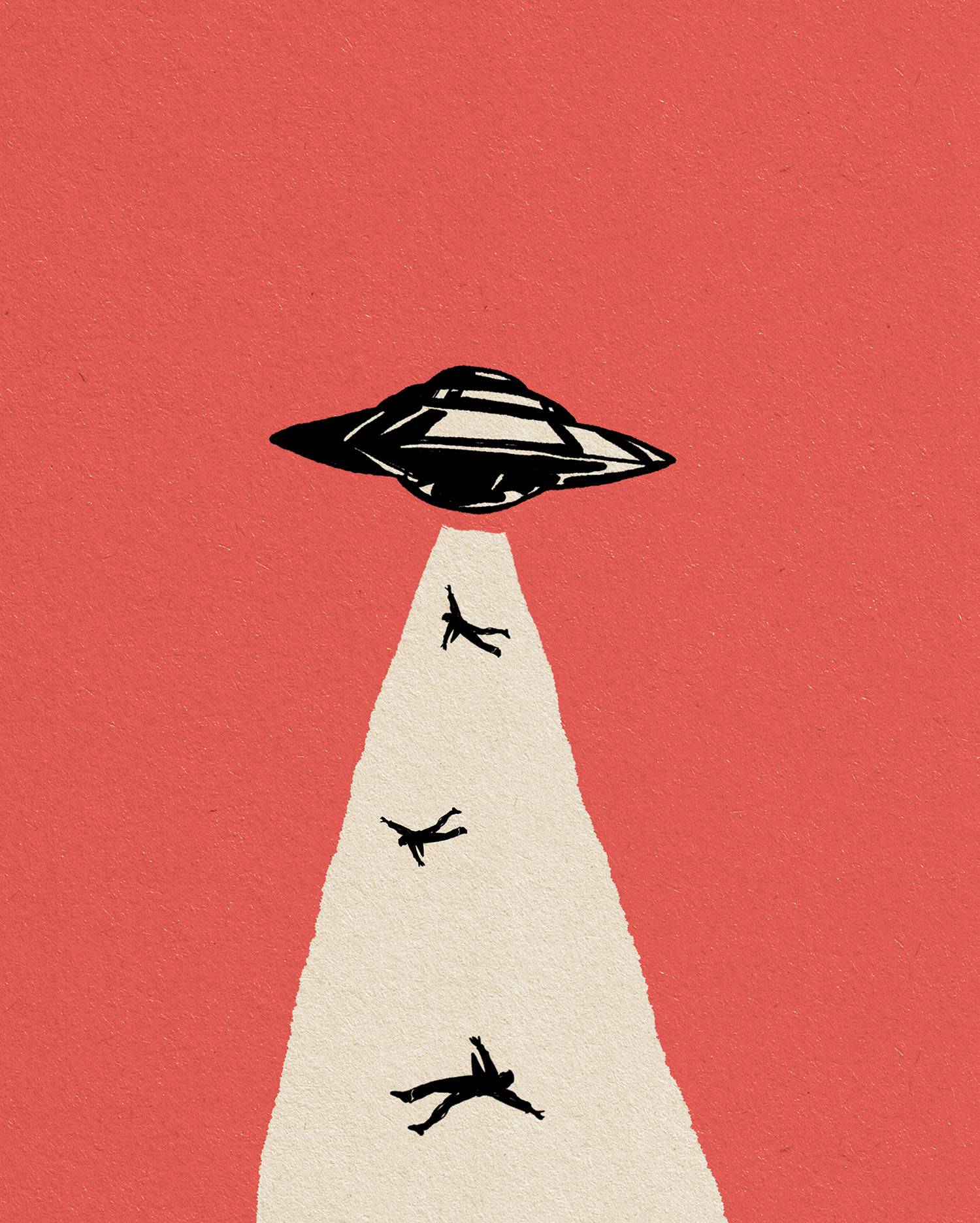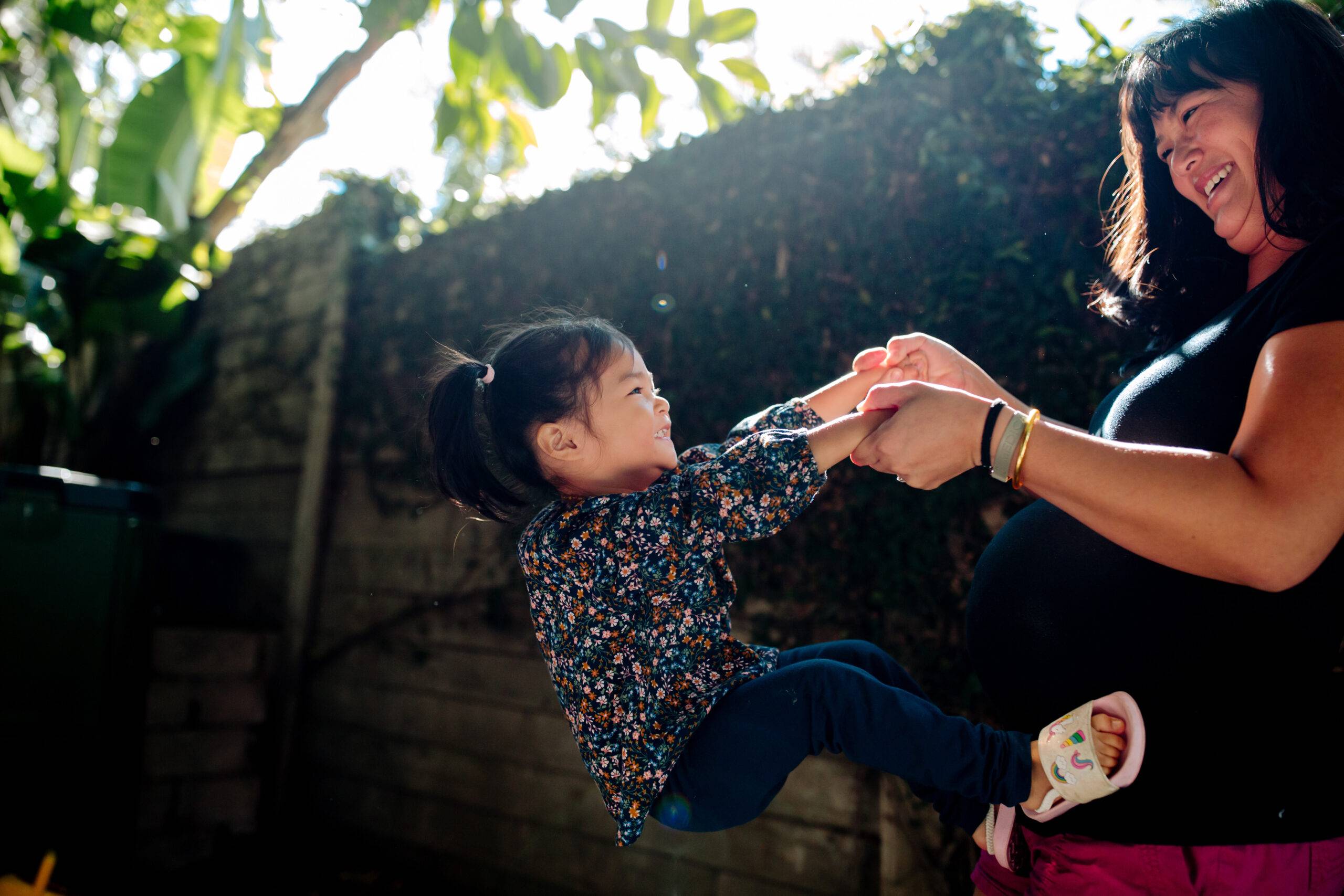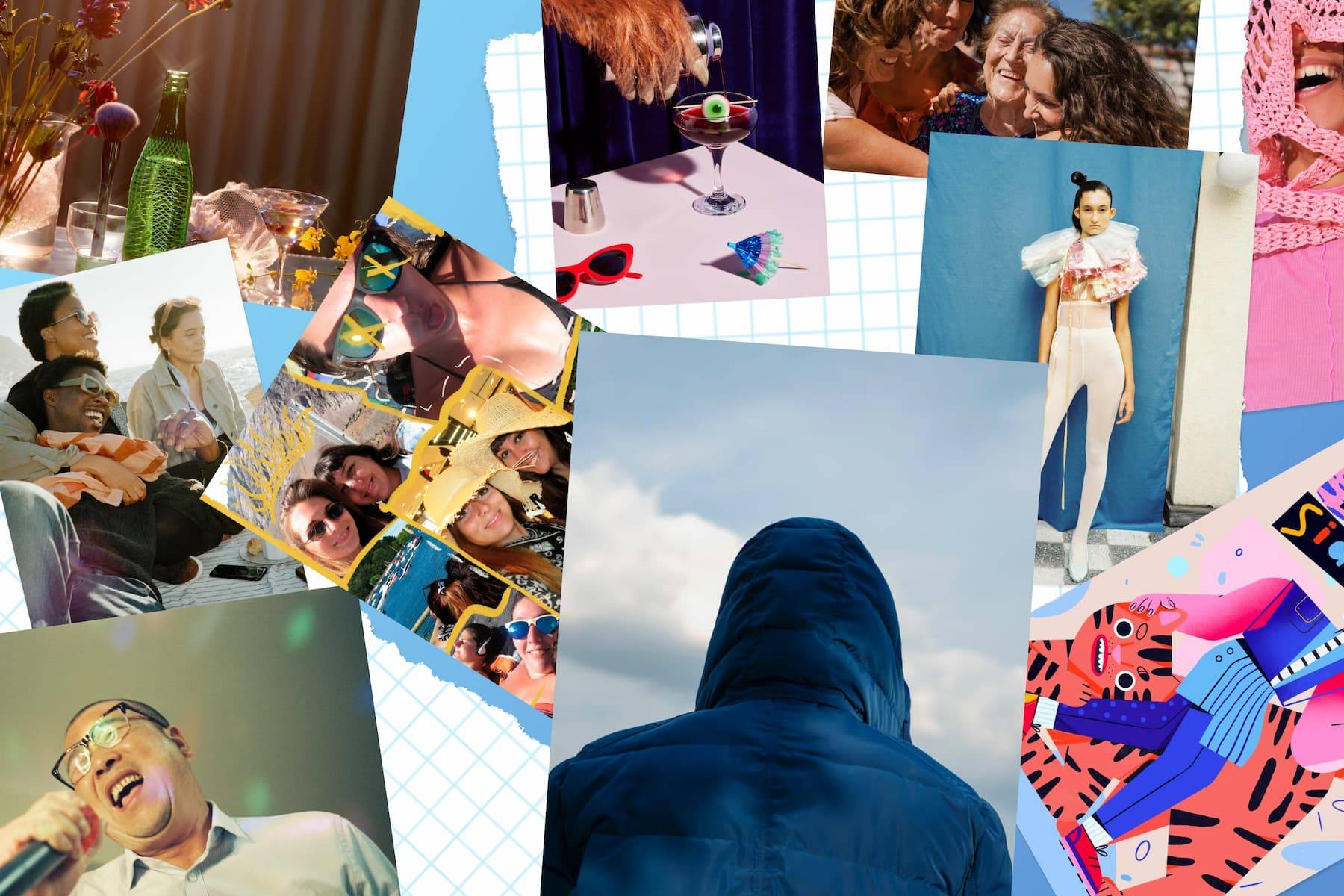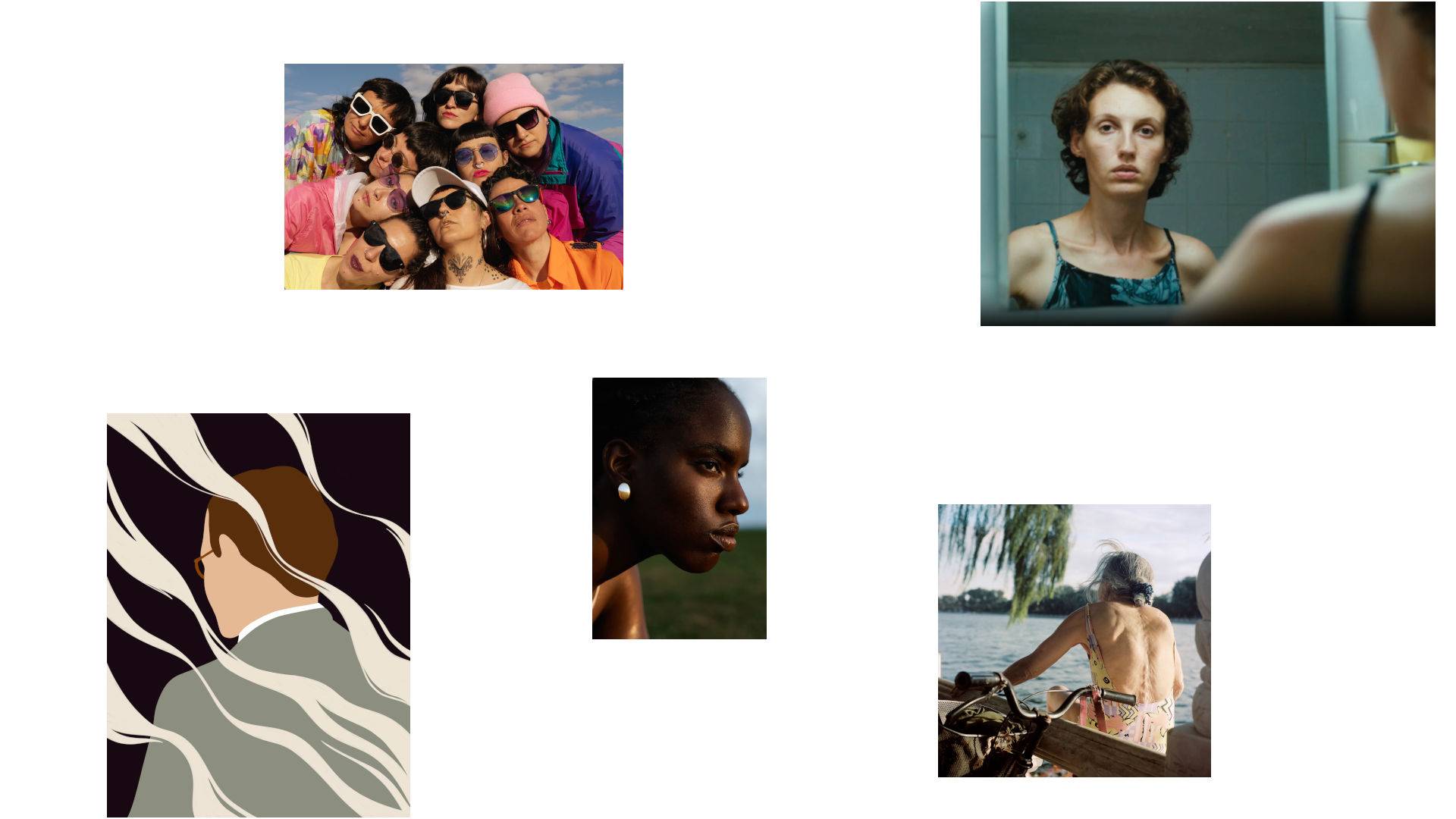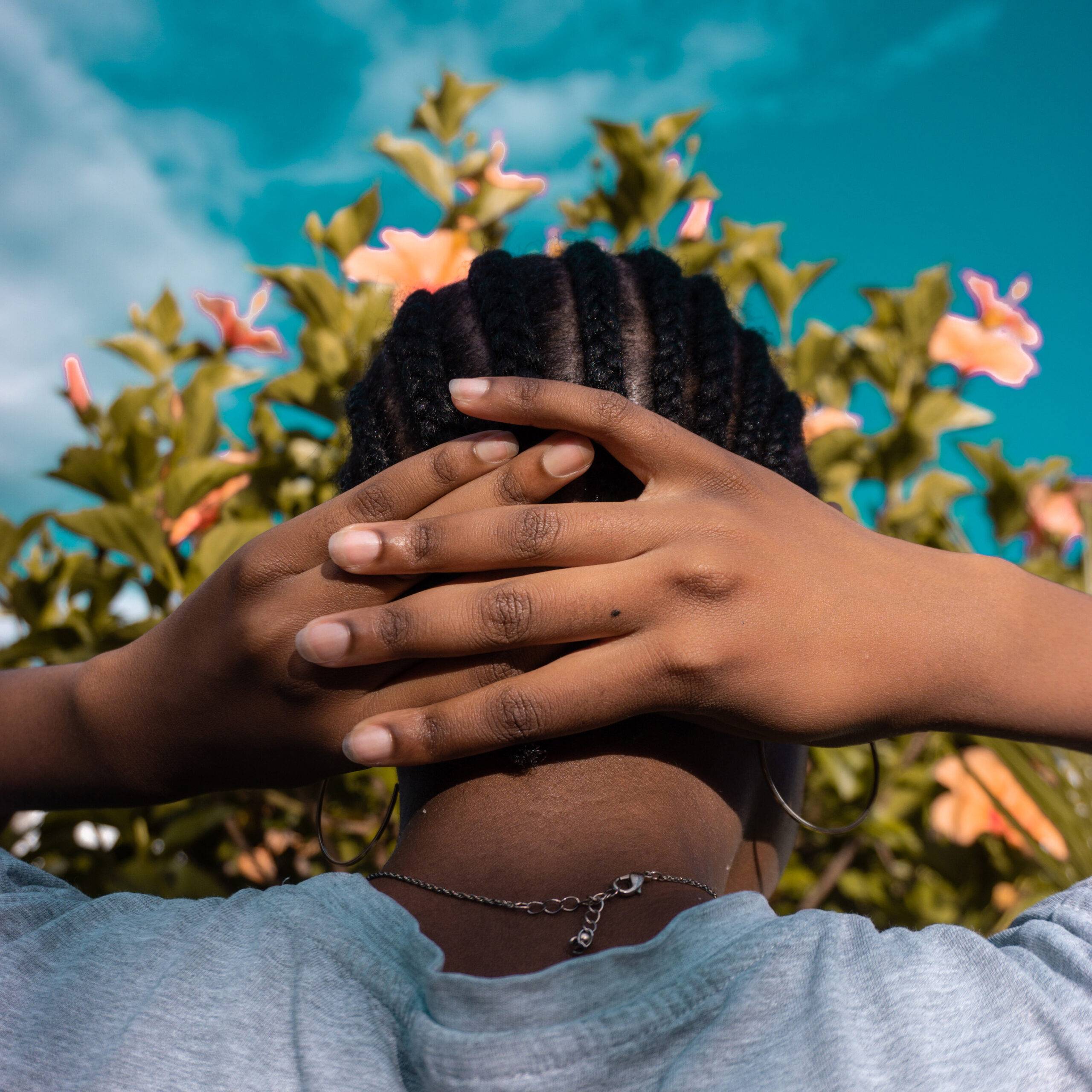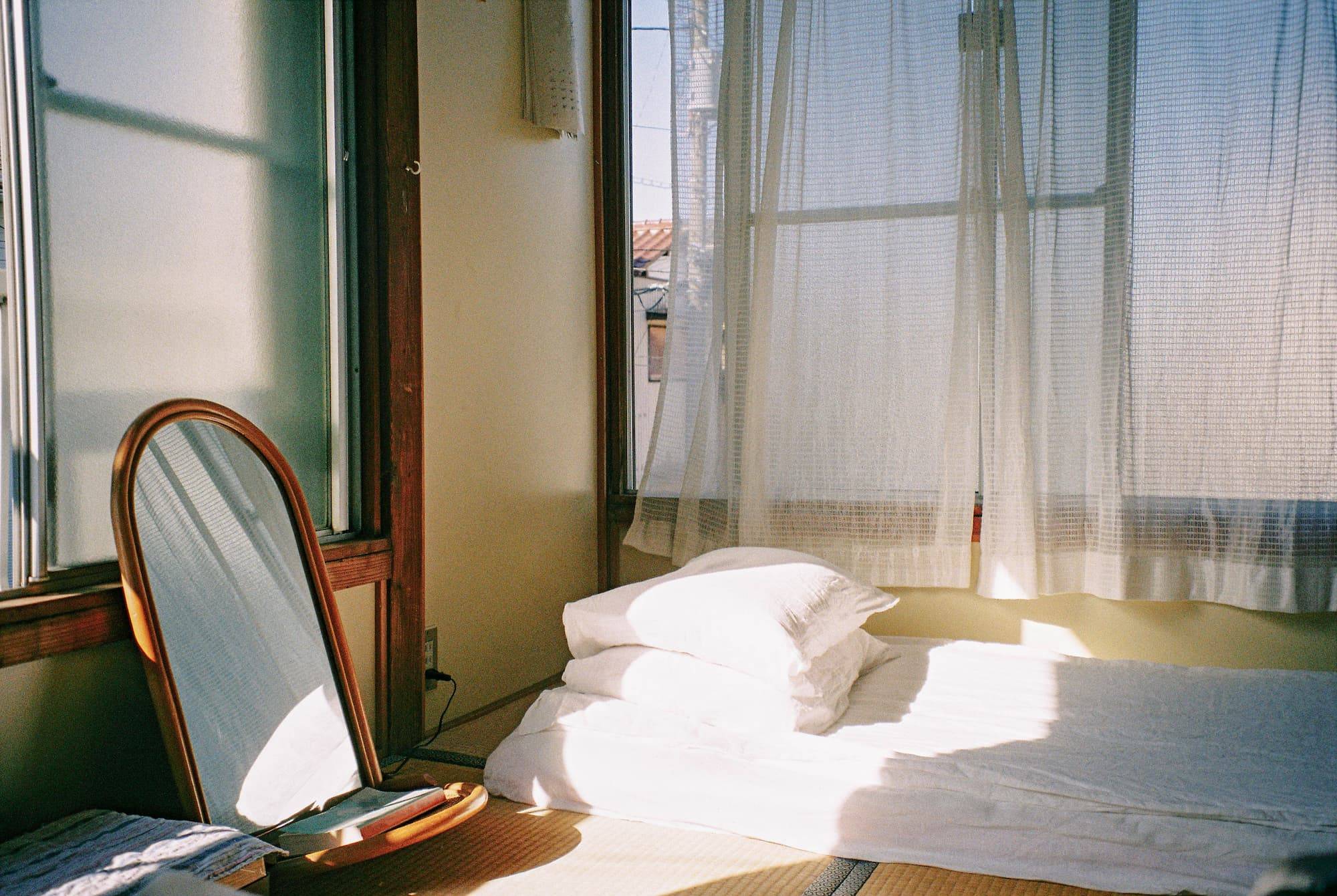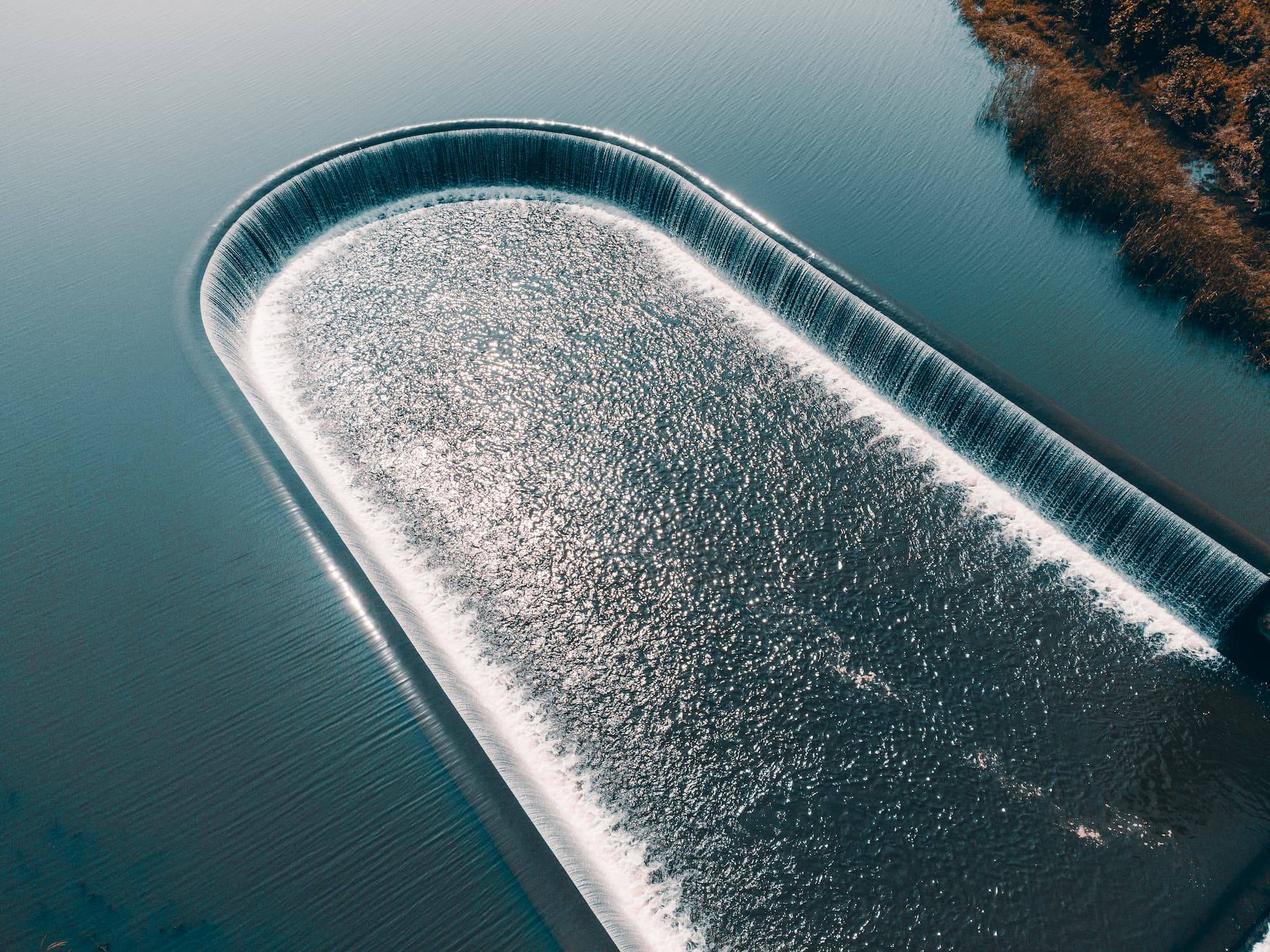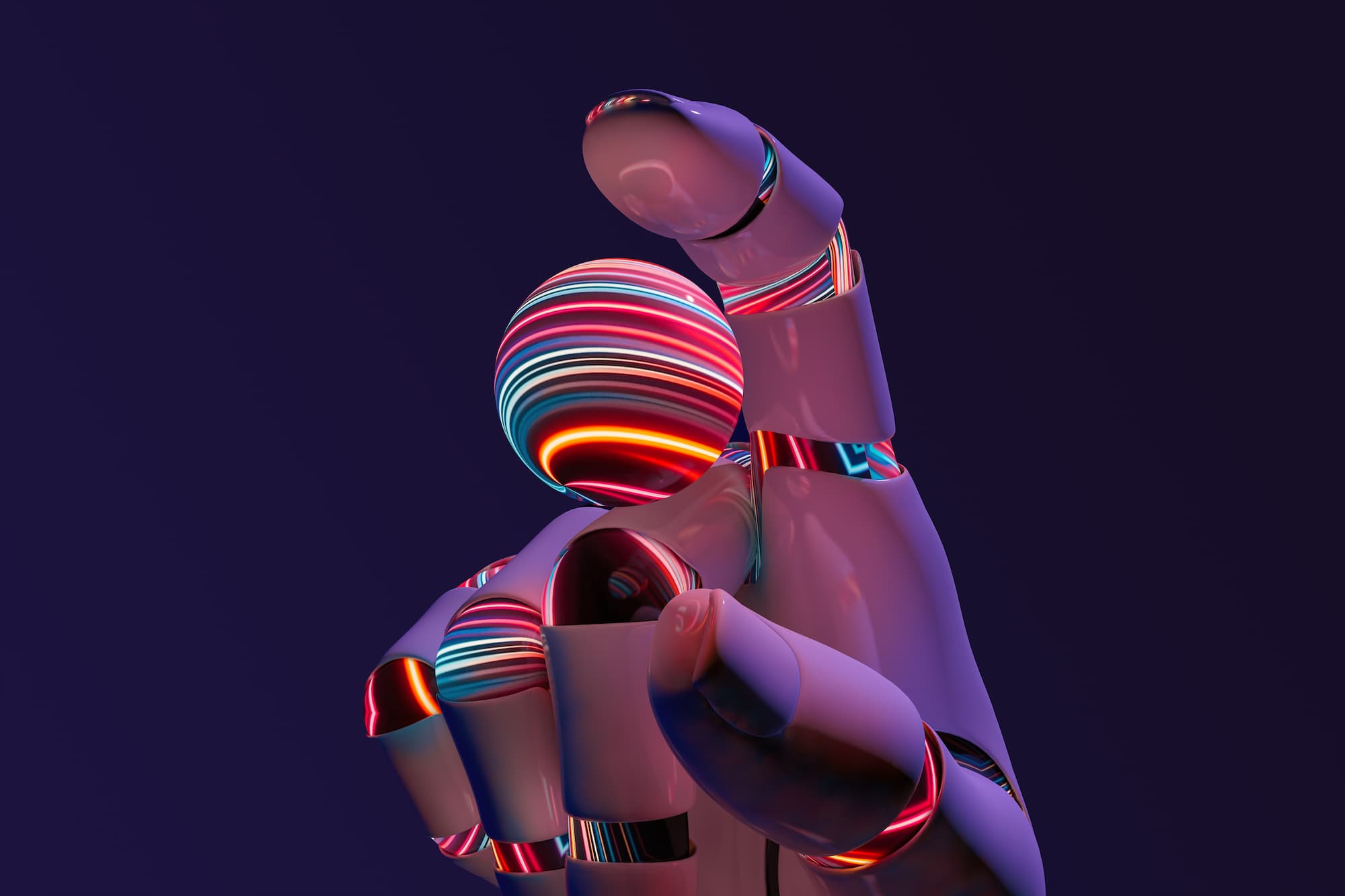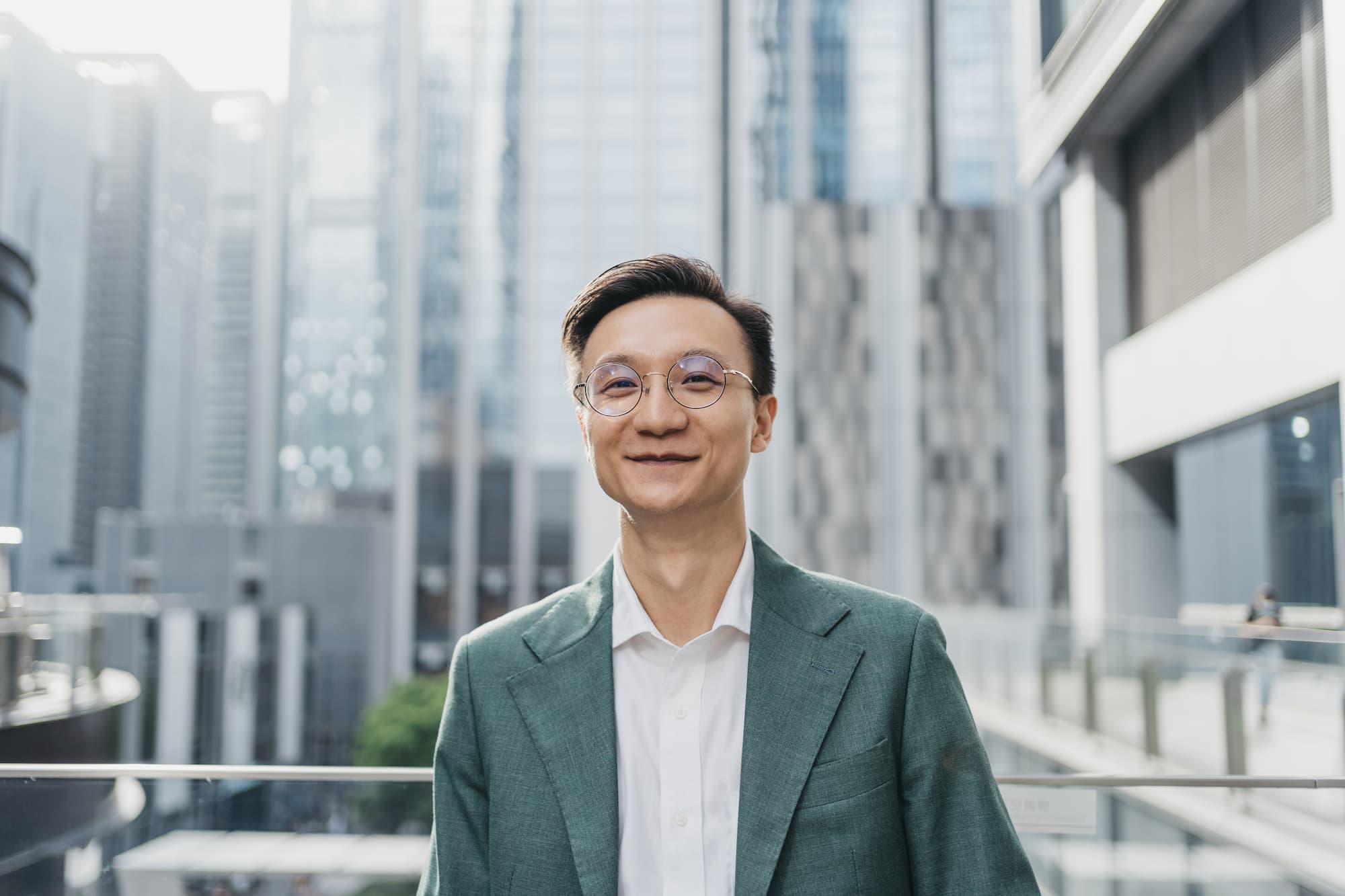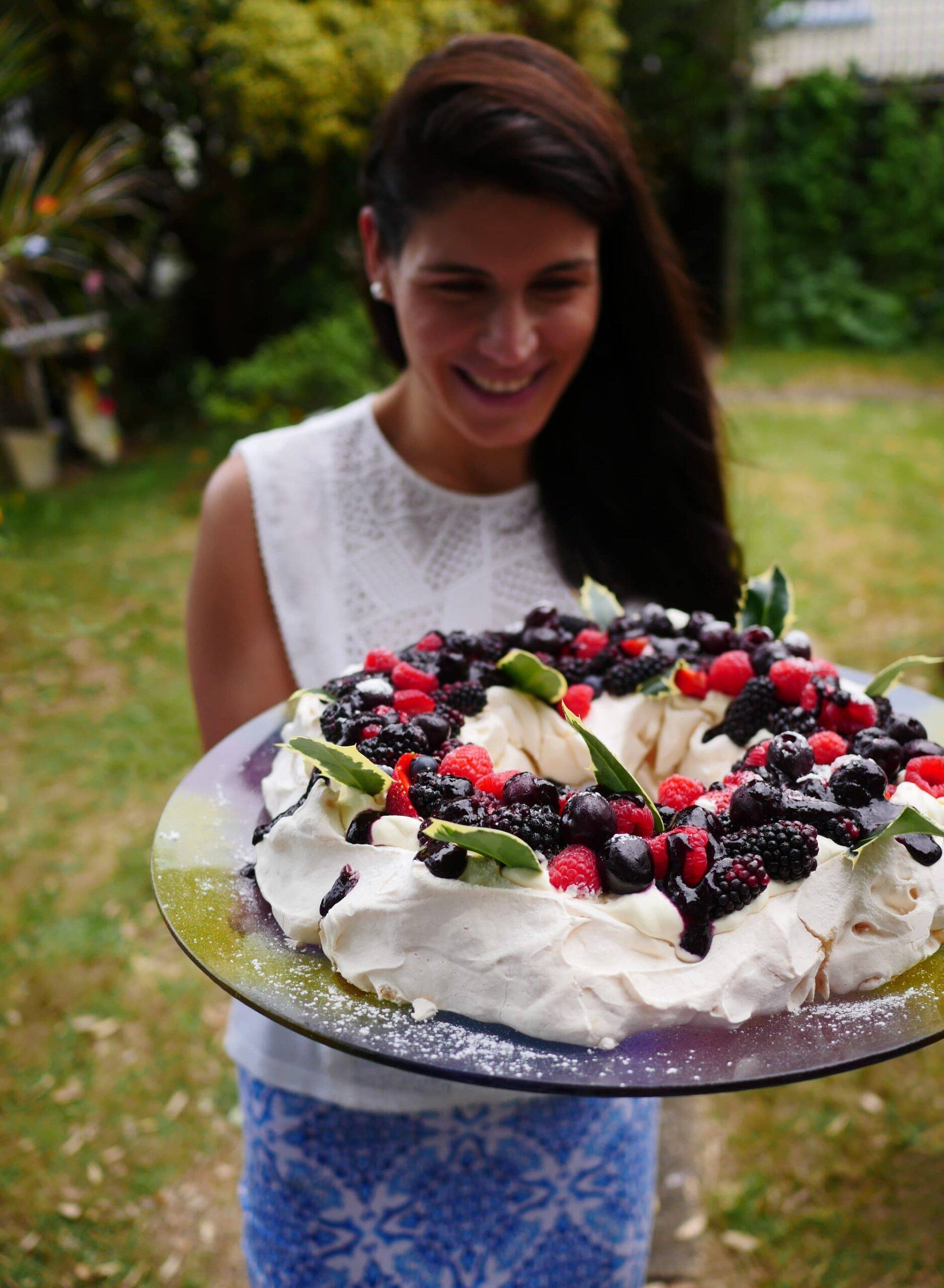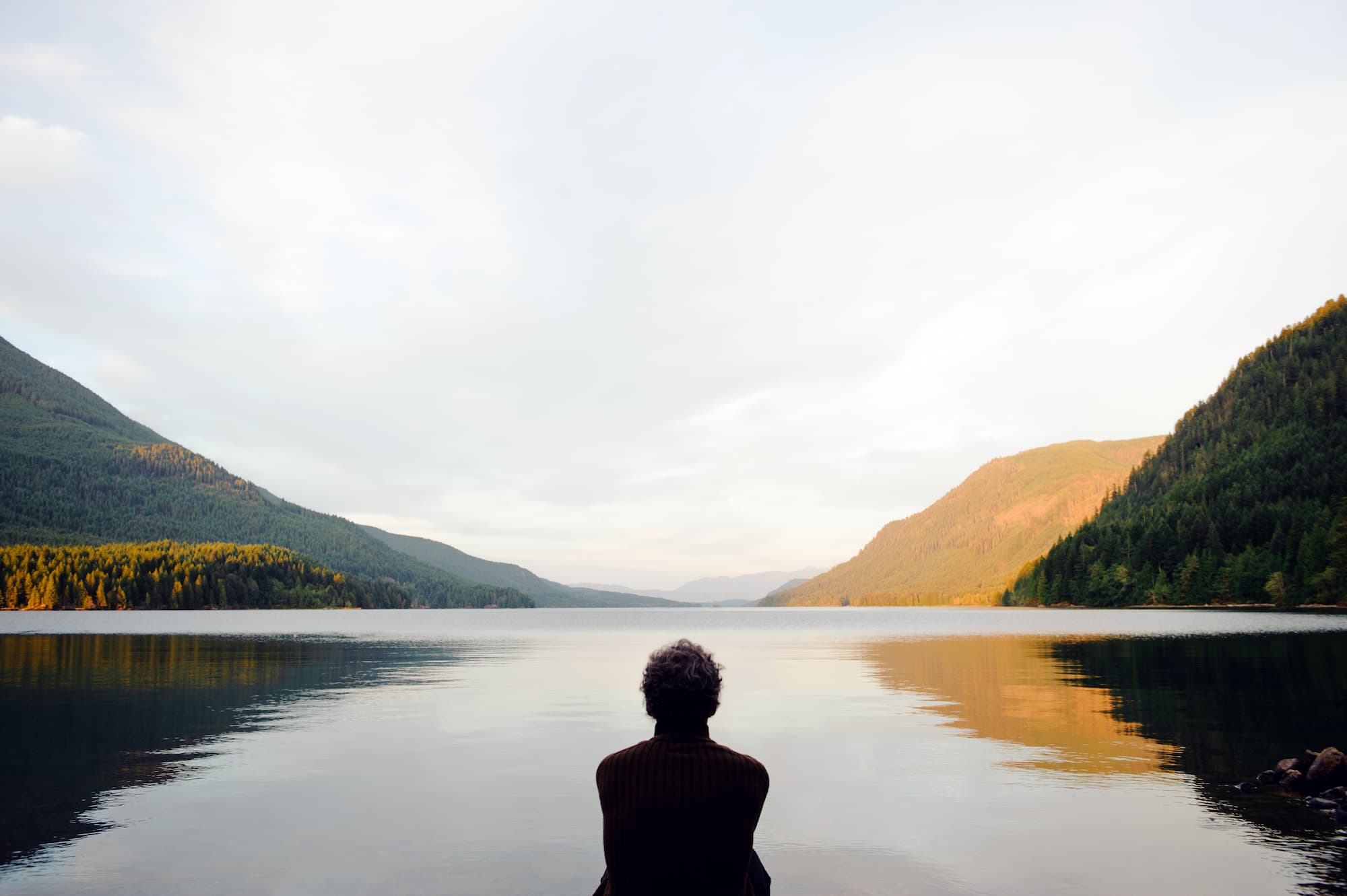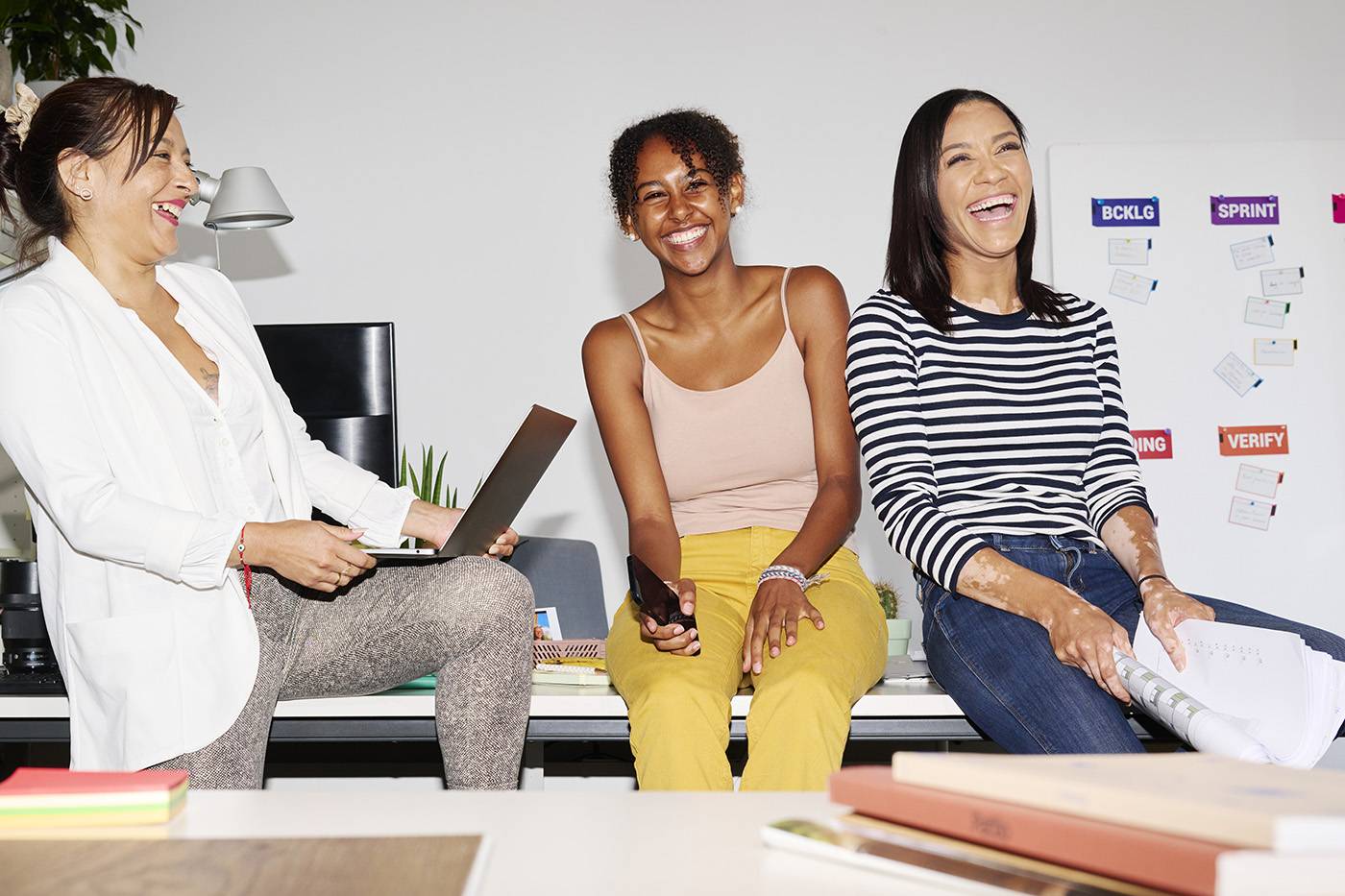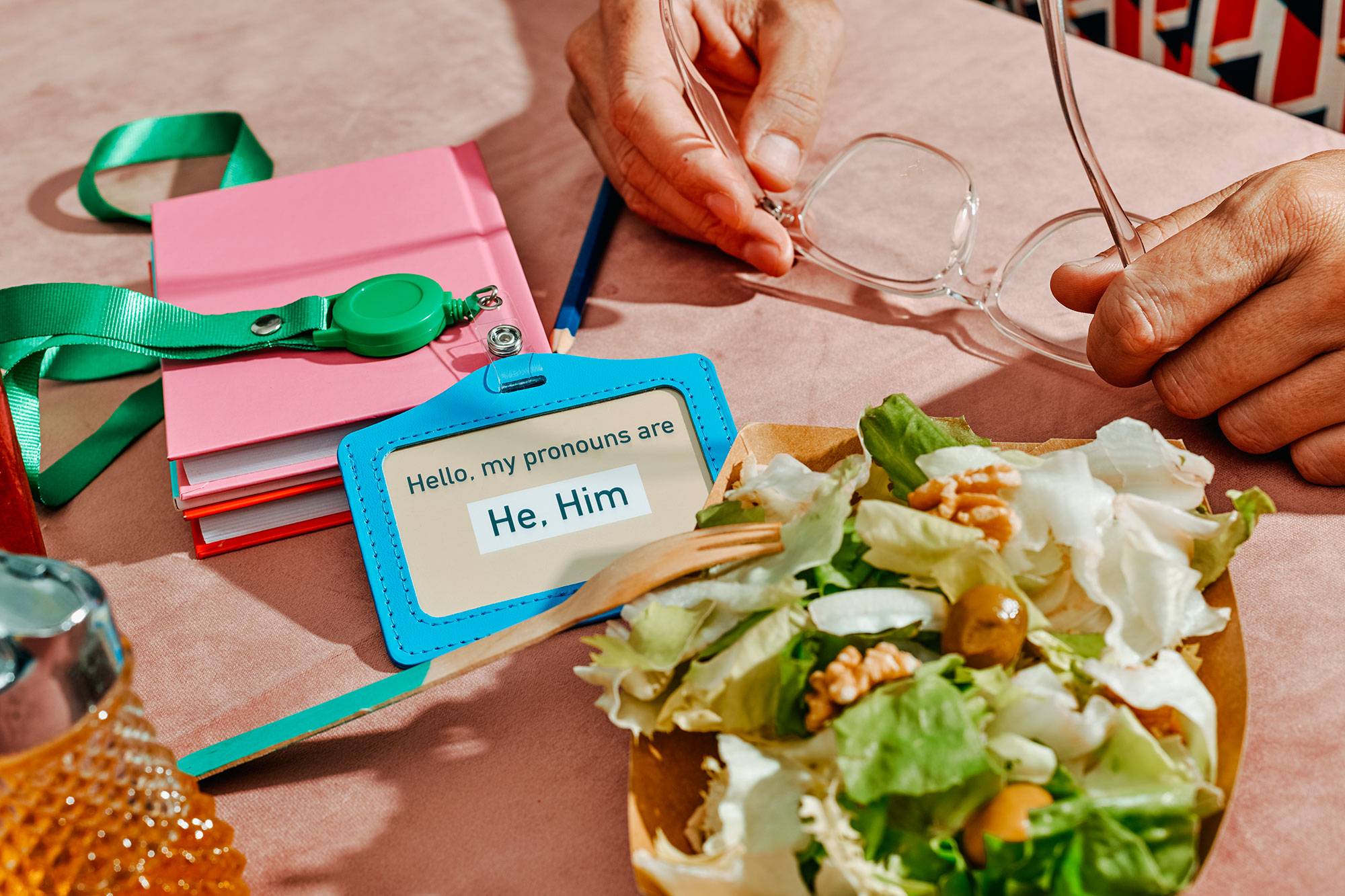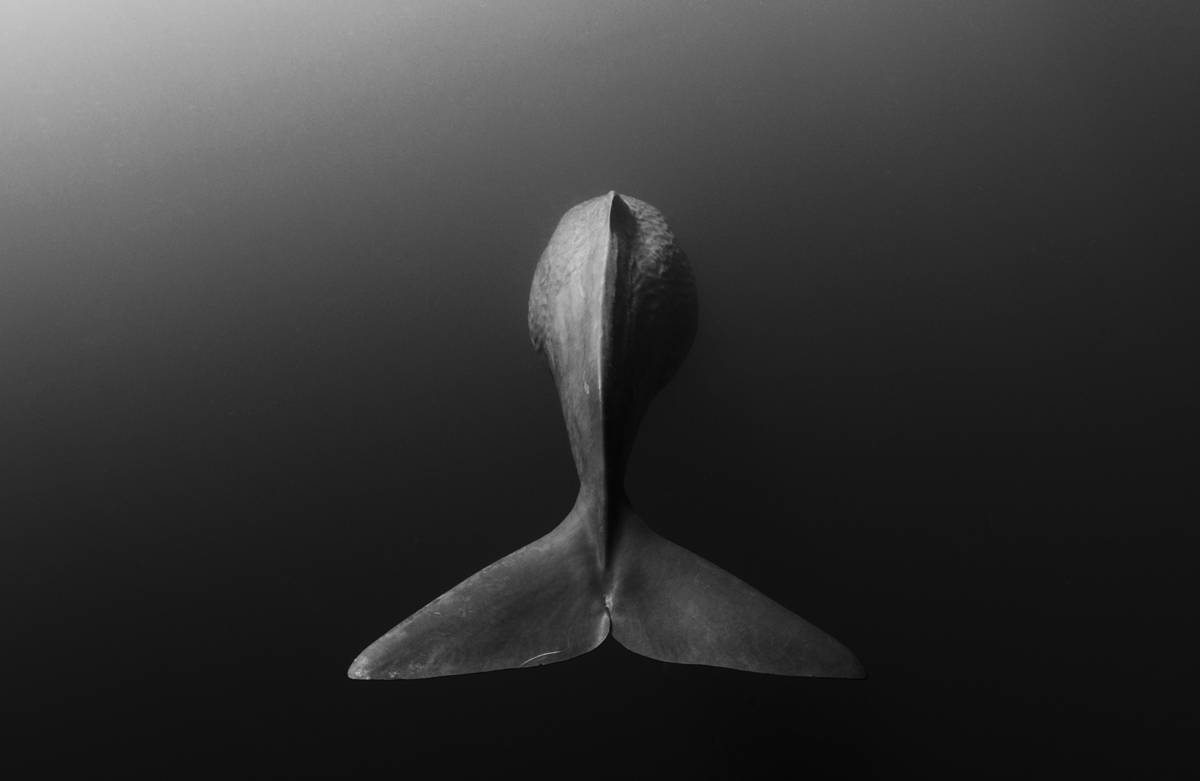In this interview with contributor Giada Canu, we delve into her decade-long journey with Stocksy, exploring her creative process, the fusion of photography and 3D modeling, cats, ghosts, and sage advice for aspiring contributors looking to navigate the world of stock photography.
You joined Stocksy as a photographer in 2014, almost ten years ago. Can you tell us a bit about the path that led up to you joining Stocksy?
I’ve been uploading photos to various stock sites since 2011, and while talking with my friend Francesca, I complained about not knowing anyone who did stock photography professionally. She looked at me and said, ‘Two of my friends do it!’ The conversation ended there, until 2013 when I went to listen to a local band play at an autumn festival in a small mountain community near home. Francesca pointed out a girl and told me, “That’s the person I was telling you about!”. So, I approached her, introduced myself, and asked about her work.
“I just joined Stocksy United, it’s a new stock agency opening in March,” she said. I didn’t pay much attention to Stocksy until it opened and I saw all those wonderful images appearing daily in the ‘Latest’ section. So, I created a small portfolio, contacted Michela Ravasio, whom I had only met once at that concert, and invited her over for a portfolio review dinner. One thing I like about Michela is that she’s extremely direct and honest; she rejected my portfolio, telling me it wasn’t captivating enough.
I met Michela again on New Year’s Eve. I was sitting at the table where we were celebrating, drawing ugly portraits of beautiful people. She looked at them and said, “You should try drawing something like this for Stocksy!”. So I recreated the portfolio, invited Michela over for dinner again, got my portfolio approved, and participated in the call for artists.
Three months later, I received an email from Stocksy announcing that I had been accepted as a contributor. And 10 years later, Michela has become one of my dearest friends.
A couple of years ago, you started adding wonderful renders to your portfolio. We’re curious to hear more about this part of your creative journey. Do you have a background in 3D modeling, or is this a new skill you developed?
I attended my first Cinema 4D course in 2009.
Every weekend, I would take the train to Verona, where I went to a school for an intensive three-day training, lasting several months. The course was focused on 3D skills in the architectural field.
However, after completing the course, not being an architect, I found it difficult to find work in this sector. Back then, the world was different from today: there were no YouTube tutorials on the software, and no monthly or annual subscriptions available, making the cost of the software prohibitive.
For a few years, I couldn’t use the software and had forgotten much of what I had learned. Meanwhile, Cinema 4D continued to evolve and update.
It was only in 2020, during the lockdown, that I started to train myself independently, following online tutorials, courses on various e-learning sites, and seeking help in communities of 3D enthusiasts and professionals.
While 3D software appears more easily available than ever, the tools can appear challenging to learn, with interfaces overflowing with menus and countless options. Do you have any advice for people curious about starting out with modeling and rendering?
Be vertical in your learning approach. Take one technique at a time and test it in as many projects as you can, until you are comfortable with it without needing to look at a guide. When you feel ready, move on to another technique.
I started with hard surface modeling and now have moved on to organic modeling.
It’s important to note that to make a project visually appealing, studying lighting is also essential. Here too, you can adopt a vertical approach, specializing in various lighting techniques, like using studio lights and HDRI.
The endless possibilities when it comes to subjects, compositions, color schemes, etc., seem like both a blessing and a curse. You can do whatever you want, but which idea do you dedicate your time to and see through to a finalized product? Can you share a bit about your creative process, from the idea to the final work?
There is no single answer to this question. Sometimes I let my mind wander and at the end of the day, I decide whether what I’ve done is worth rendering or not. Other times, inspiration comes from other artists, or sometimes it’s a mix of a new technique I’ve learned and something that might be useful for a client. I often use the creative briefs from Stocksy, they are always a great guide.
One thing I love to do is recreate the main titles of TV shows. Once I’ve mastered the technique, I can apply it to many different projects, combining it with other techniques learned before.
The last main title I recreated is that of ‘The Rings of Power’, where millions of tiny stones converge to form an abstract figure.
The original was created using sand on a kitchen table, creating geometric figures with various musical tones.
I’ve never rendered it, but as soon as I can dissociate the technique from that main title, I might create something new! In the end, 3D always imitates reality, but it’s the possibility of creating non-existent worlds that fascinates me. The possibilities are endless.
Both photography and 3d modeling are skills that can take up a lot of your time. Do you find yourself more drawn to one area at a time, or are you able to find space to work on both at the same time?
I saw a meme the other day, that said “We are millennials: we turn our hobby into a job and then constantly look for a new hobby to relieve the stress of the first hobby.”
I think this is exactly what happened when I started studying Cinema 4D, but the good thing is that I can move from photography to 3D and never feel stressed, always feeling stimulated to create. The important thing is to get up in the morning and have decided the day before whether to work on one or the other.
Do you have any goals or plans that you are excited about?
My goal is always to continue learning and improving. In both photography and 3D, learning never stops. That’s why, every six months, I review my portfolio: if I find images that no longer convince me, it means I have improved.
As for plans for the future, I’m too superstitious to talk about them now! Speaking of superstition, have I ever mentioned that I live in a 1600s house haunted by ghosts?
If you could execute any idea — with no budget restraints or logistical limits — what would it be?
This question is what I most enjoy reading in the Stocksy Interviews. Mainly because I’ve always wondered what my answer would be. In my head, I’ve answered a million times in a million different ways, so what I’m about to write here might not be the same answer I would give if I were asked the question tomorrow.
Have you ever heard of Mitochondrial Eve? It’s the name given to the supposed common ancestor from whom all living humans are believed to descend in a maternal line. Scientists think that all people have inherited their mitochondrial DNA from this woman and that she is estimated to have lived between 99,000 and 200,000 years ago.
So, I would go back in time and photograph her. Then, once back in our present, I would show the photo to everyone saying: ‘Hey folks, this is our grandma!’
I think I would photograph her with the Hasselblad 500 CM that I sold a few years ago and regretted. Hoping not to mess up the focus, can you imagine coming back from such a trip with a blurry photo?
Do you have any hidden talents besides creating your wonderful work?
Can liking cats very much be considered a talent?
How do you make sure that your work still stays enjoyable and that you don’t burn out on creating new content?
I organize routines that I try to strictly adhere to.
Usually, I dedicate Tuesdays and Wednesdays to modeling and creating sets, while Thursdays and Fridays mornings are reserved for post-production, keywording, and uploading.
Monday is a flexible day: sometimes I continue modeling, other times I focus on uploading, and sometimes I dedicate time to my training. In the evenings, I let my computer render my sets, and if they are particularly complex, I let it work throughout the weekend.
I believe it’s also important to follow our natural cycle, so I adjust these routines according to the seasons.
And if I really can’t escape burnout, two or three days away from anything work-related works wonders!
Creative blocks can happen to everybody; what works for you to get out of them?
Spending time talking to other creative people, especially if their form of creativity is different from mine.
There are highly competent and charismatic people out there who can motivate anyone with their positivity. The internet has made it easier to overcome geographical distances, and what I try to do is connect with as many creatives as possible.
In addition to this, walking in the woods, reading books by travelers, and watching disaster movies (even the bad ones).
Do you have any advice for contributors just starting out at Stocksy?
When I was in high school, my Life Drawing teacher Mastro Francone would enter the classroom with the contagious enthusiasm of someone eager to communicate a fundamental truth to his young students and he would ask this question:
‘Do you know what Apelles always used to say?’ And in chorus, we answered: ‘No day without lines.’ Then, we would take a CD and start drawing.
Twenty years later, that simple phrase continues to resonate in my work, because it was so powerful as to teach a lesson. Perhaps Mastro Francone didn’t know it, but he shared with us his view of the world.
So my advice is: try to create something every day, even when you don’t feel like it, and be satisfied even if the result is not what you hoped for. At the end of the month, you will have accumulated a good number of images, and even if not all of them will be perfect, they will still contribute to improving your next work.






